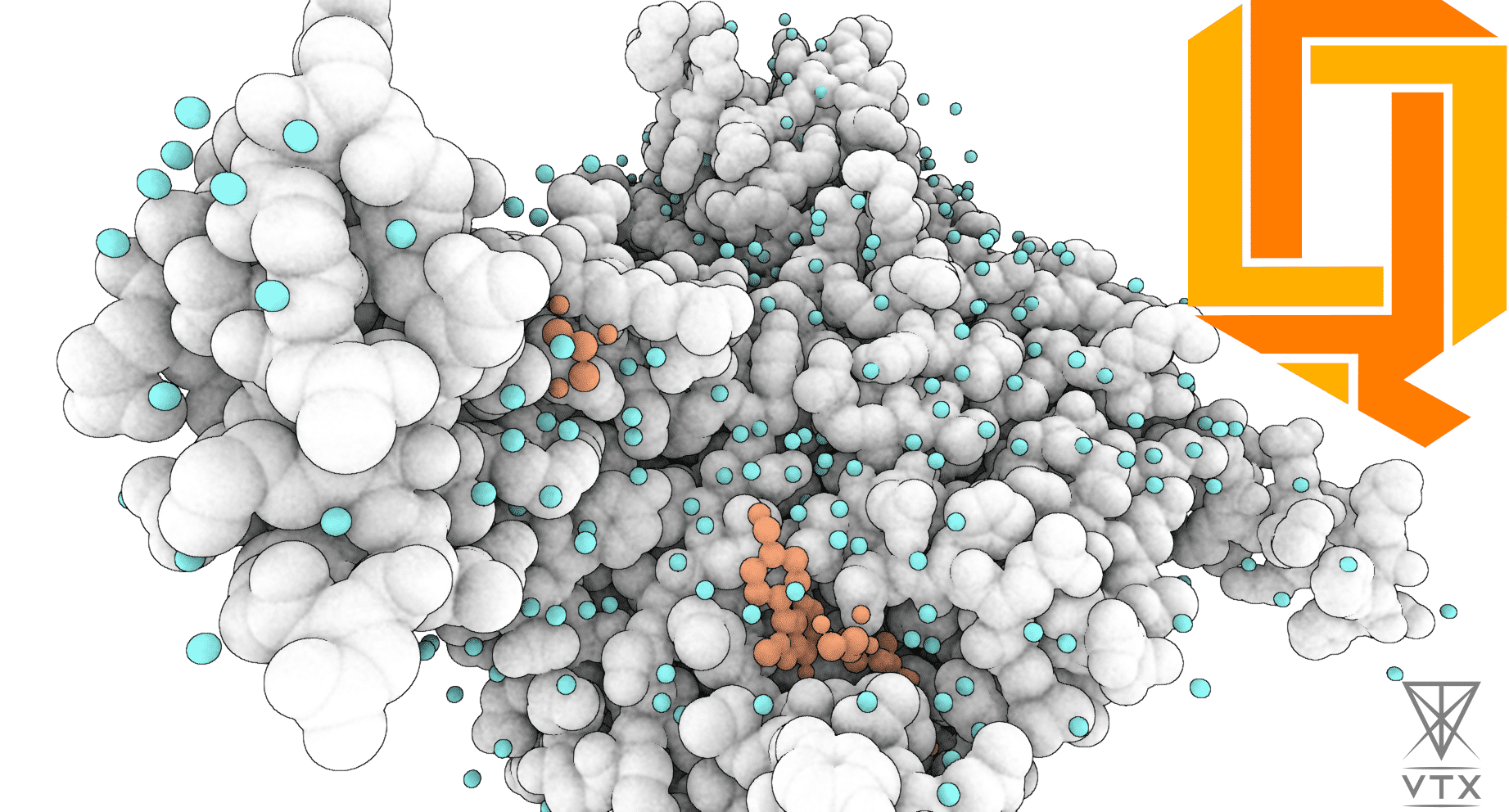The average spend is €500 million over 5 years just for the drug discovery phase. This is why major pharmaceutical groups try to reduce the development costs, by transferring part of the discovery process to specialized companies. Over the last year, Qubit-Pharmaceuticals has had a successful partnership working alongside biopharmaceutical companies, with the ambitious aim of halving the cost and duration of the development of pre-clinical drugs. To achieve this, the 11 talented scientists of the young start-up Drug Discovery, work on computer-aided drug design, using two major components – the precision of physical models, plus the digital advantage of HPC (High Performance Computing – a method of massively parallelized calculations) and of quantum computing (QPU). These allow the team at Qubit-Pharmaceuticals to model and simulate with a very high degree of precision the interactions between molecules and to identify the site of interest of a therapeutic target, as Jérôme Foret, CTO Qubit-Pharmaceuticals explained. “We started out based on models created by Jay Ponder and Penguy Ren, 30 years ago, which allow molecular modelling. Over the last ten years, Jean-Philip Piquemal, Louis Lagardère and Matthieu Montes, have transferred this science to the most powerful computing infrastructures in the world, thanks to highly advanced mathematical models.
Thus, the results are more accurate and are obtained much faster. Only the quality of the physical models of Qubit-Pharmaceuticals can achieve this.
Today, we can imagine as many molecules as we want, millions for example, but instead of making them, testing them and analysing them, as a laboratory would have done for years, we simulate them. This allows us to analyse the digital data directly and to reduce the discovery cycle for new effective molecules to 18 months.” This is achieved as a result of the high performance of its software programs combined with its super-computers, last May, Qubit-Pharmaceuticals designed an active molecule on the SARS-Cov-2 virus “main protease” (main protein for the functioning of the virus). Other promises of complex therapeutic targets are in the pipeline.



